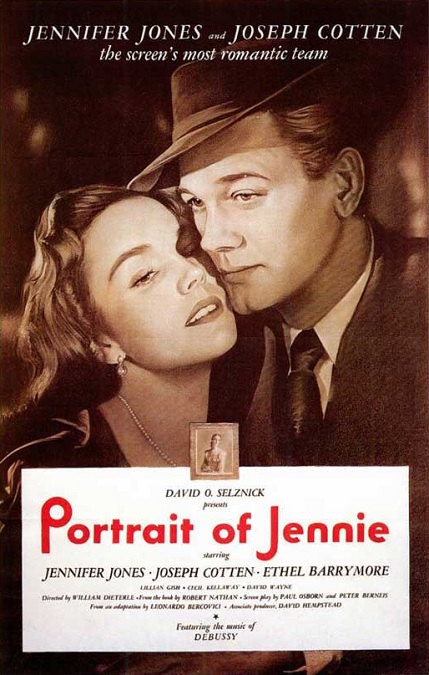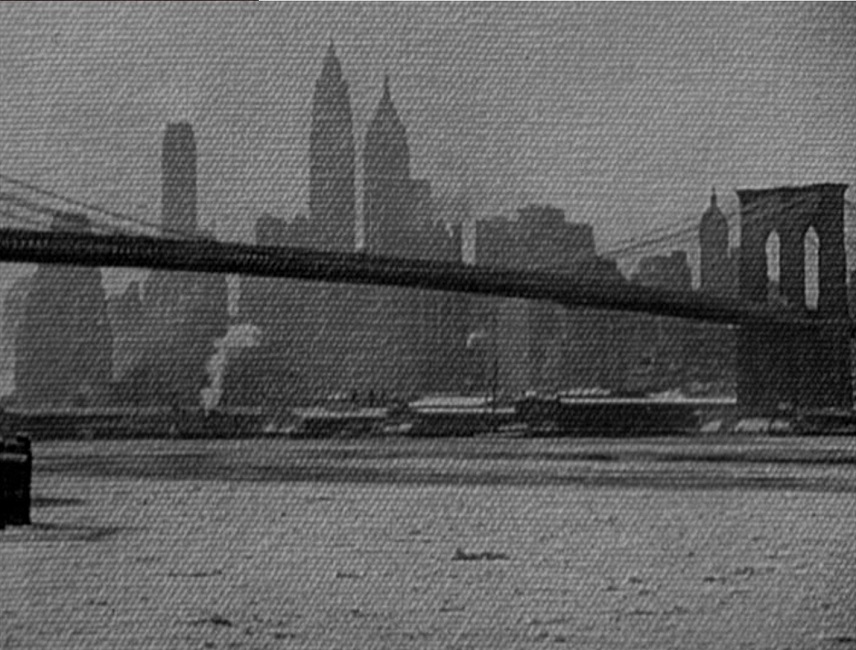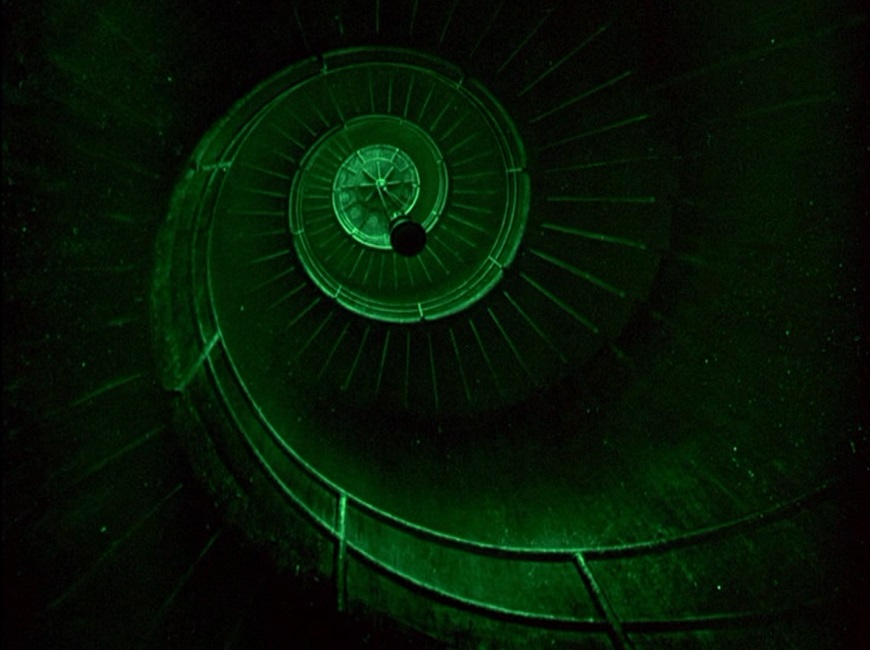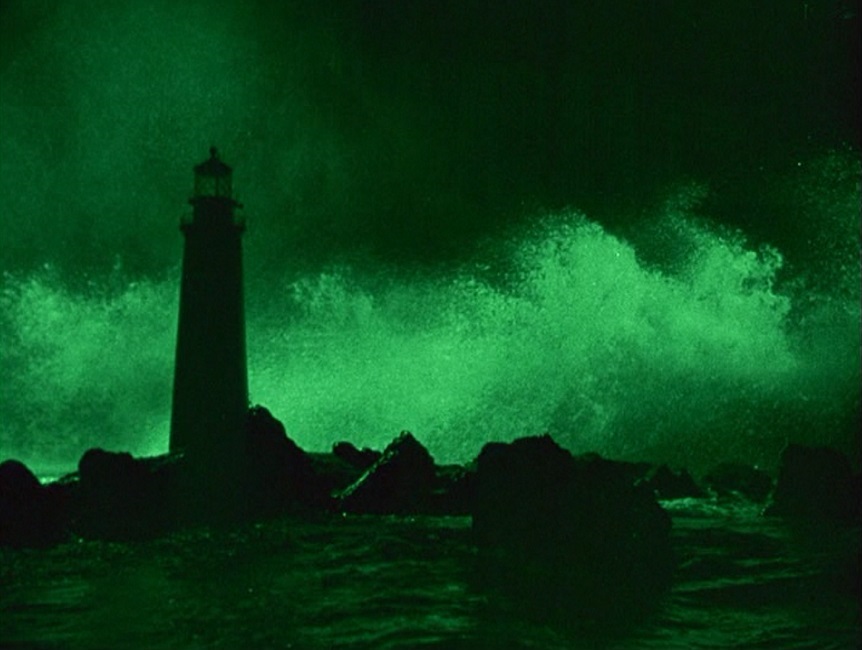



Portrait of Jennie – 1948 (WINNER)
 I watched this movie knowing nothing about it before hitting the play button, except for the fact that it won the Oscar for Best Special Effects. Today, most people have never heard of the film. But I’m glad to say that the movie deserved its award. The special effects were visually interesting, technically innovative, and artistically creative. They did things that I haven’t even seen done in modern films.
I watched this movie knowing nothing about it before hitting the play button, except for the fact that it won the Oscar for Best Special Effects. Today, most people have never heard of the film. But I’m glad to say that the movie deserved its award. The special effects were visually interesting, technically innovative, and artistically creative. They did things that I haven’t even seen done in modern films.
Directed by David O. Selznick, it was part romantic fantasy, part ghost story. Many of the outdoor scenes were filmed through a canvas, emphasizing the point that the main character was an artist who painted landscapes. The moving images on the screen were like a painting, overlaid with the weave of the cloth at close range. Even though this was done by the cinematographer, I still think of it as a special effect that was interesting and appropriate for the plot.
The team of four effects artist, Paul Eagler, Joseph McMillan Johnson, Russell Shearman, and Clarence Slifer, did a fantastic job with creating very ethereal and dream-like images. They created impossibly swirling masses of thick and viscous clouds, which had nothing to do with the story except to create a visual mood of other-worldliness. Many of the scenes with the elusive Jennie, played by Jennifer Jones, had a soft focus to the imagery that also helped to create a sense of hallucination or cathartic vision.
But it was the black and white film’s climax that really stood out. As our love-sick artist takes a sail boat out to the lighthouse on the island where his ghost lover died, the storm that killed her returns. With a sharp bolt of green lightning, the entire image on the screen takes on a green tint which remains until the artist loses his love to a massive tidal wave that briefly submerges the lighthouse. Even the water on the black rocks sparkled a ghostly green. The storm sequence itself would have been impressive even if it hadn’t been shown with the sickly green hue. But when the violent storm and crashing waters are all done, the once again calm sea is shown tinted red for a few seconds. It was a spectacular sequence.
I really liked the shots of the inside of the lighthouse, which the artist climbs. It was visually beautiful, and yet haunting at the same time, the circular staircase bathed in that lurid green. And those roiling clouds from earlier in the film returned, looking all the more menacing for their green glow. It was some very striking imagery that was beautifully done!
And then, in the last scene, the epilogue, the finished portrait of Jennie is finally shown in three-strip Technicolor. And it really was a beautiful reveal. Earlier, we had been shown the unfinished image in black and white, but this final shot displayed the portrait as a true work of art. Very cleverly done, Mr. Selznick!